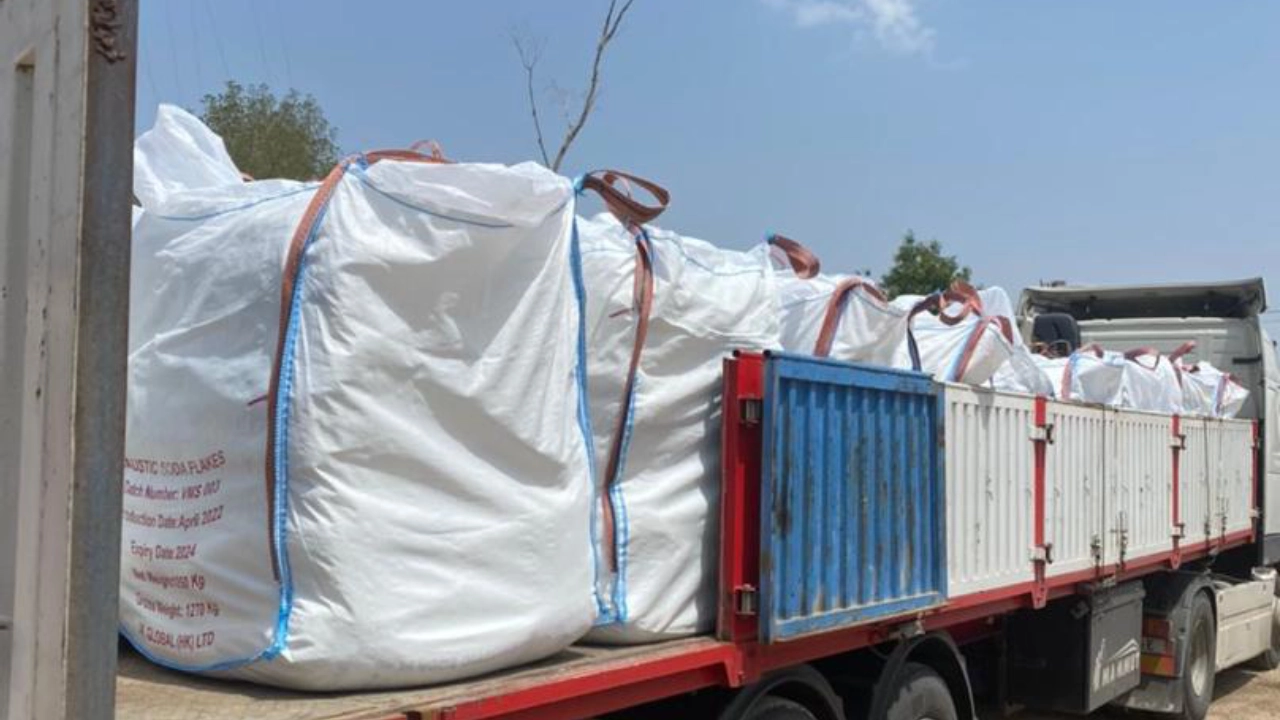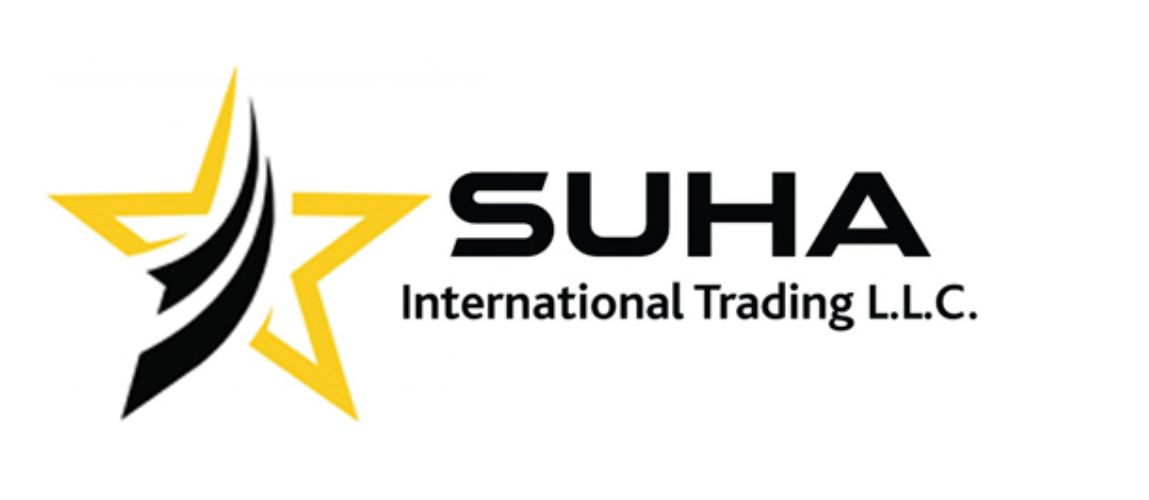Supplier of Caustic Soda (Sodium Hydroxide) from Turkey and Dubai-UAE

Introduction
Caustic soda, scientifically known as sodium hydroxide (NaOH), is a highly versatile and essential chemical in industries worldwide. Its strong alkaline nature and high reactivity make it indispensable for applications ranging from industrial manufacturing to household cleaning. Available primarily as caustic soda flakes and caustic soda pearls, this chemical supports efficiency across sectors including chemical processing, textiles, water treatment, paper production, and food processing.
What is Caustic Soda?
Caustic soda (NaOH) is an inorganic compound used to neutralize acids, dissolve organic materials, and adjust pH levels in various industrial processes. It is produced primarily through the chlor-alkali process, which electrolyzes a sodium chloride solution (brine) to yield high-purity sodium hydroxide, chlorine gas, and hydrogen gas.
The availability of flakes and pearls allows precise handling and dosing, catering to diverse industrial and food-grade requirements.
Key Features of Caustic Soda
-
High Reactivity: Reacts vigorously with water, acids, and certain metals, generating heat.
-
Versatility: Applicable in industrial manufacturing, food processing, water treatment, and more.
-
Multiple Forms: Available as flakes, pearls, and anhydrous grades, each suited for specific applications.
-
High Purity: Purity levels ranging from 95% to over 99.5%, ensuring reliable and consistent results.
Properties of Caustic Soda Flakes and Pearls
Caustic Soda Flakes
-
Appearance: White, crystalline solid.
-
Purity: 98–99%.
-
Hygroscopic: Absorbs moisture from the air; requires airtight storage.
-
Solubility: Highly soluble in water, releasing heat (exothermic).
-
Melting Point: ~318°C.
-
Density: ~2.13 g/cm³.
-
Handling: Reacts vigorously with acids and metals; must be handled with care.
Caustic Soda Pearls
-
Appearance: Small, round, uniform beads.
-
Purity: 96–99.5%.
-
Solubility: Rapidly soluble in water; ideal for precise dosing.
-
Storage: Keep in moisture-proof containers to prevent clumping.
-
Advantages: Easier handling, less dust, and faster dissolution than flakes.
Types and Grades of Caustic Soda
Sodium Hydroxide Flakes Grades
-
Technical Grade Flakes (95–98%) – Industrial processes, soap, detergents.
-
Food Grade Flakes (≥99%) – Fruit peeling, cocoa processing, food preparation.
-
Pharmaceutical Grade Flakes (>99.5%) – Drug synthesis and medical applications.
-
Industrial Grade Flakes (50–75%) – Textile, paper, and chemical industries.
-
Anhydrous Flakes (~100%) – Polymer production, moisture-sensitive chemical reactions.
Sodium Hydroxide Pearls Grades
-
Technical Grade Pearls (96–98%) – Industrial chemical production and detergents.
-
Food Grade Pearls (≥99%) – Food processing and equipment cleaning.
-
Industrial Grade Pearls (95–98%) – Water treatment, textiles, pulp & paper.
-
High-Purity / Anhydrous Pearls (>99.5%) – Fine chemicals, pharmaceuticals, and precision applications.
Applications of Caustic Soda Pearls and Flakes
1. Chemical Manufacturing
-
Raw material for solvents, plastics, synthetic fibers, and chlorinated compounds.
-
Essential in saponification, neutralization, and industrial chemical reactions.
2. Pulp and Paper Industry
-
Flakes and pearls break down wood chips in the Kraft process.
-
Aid in bleaching and purifying pulp for high-quality paper.
3. Water Treatment
-
Neutralizes acidic water and removes heavy metals.
-
Ensures safe water for industrial, municipal, and drinking purposes.
4. Textile Industry
-
Used in mercerization to strengthen cotton fibers and enhance dye absorption.
-
Supports fiber scouring and purification for vibrant textiles.
5. Soap and Detergent Manufacturing
-
Drives saponification to convert oils and fats into soap.
-
Integral to household and industrial cleaning agents.
6. Alumina Refining
-
Extracts alumina from bauxite ore in the Bayer process for aluminum production.
7. Petroleum Industry
-
Neutralizes acids and removes sulfur compounds in oil refining.
-
Improves petroleum product quality and stability.
8. Food Processing
-
Used for fruit and vegetable peeling, cocoa processing, and oil refining.
-
Ensures hygiene and equipment sanitation in food manufacturing.
9. Pharmaceuticals
-
Key component in drug synthesis, including painkillers and anticoagulants.
10. Household Cleaning
-
Found in drain cleaners, oven degreasers, and other heavy-duty cleaning products.
Note: Pearls are preferred where precise dosing and low dust are required, while flakes are commonly used in large-scale industrial processes due to ease of handling in bulk.
Benefits of Using Sodium Hydroxide
-
Powerful cleaning and degreasing capabilities.
-
Chemical versatility for neutralization, pH adjustment, and industrial synthesis.
-
Supports water treatment and purification.
-
Enhances pulp and paper quality.
-
Ensures food safety in processing applications.
-
Improves textile quality and dye absorption.
-
Aids sustainable energy processes like biodiesel production.
Handling and Storage of Caustic Soda
-
Storage Conditions: Keep in cool, dry, and airtight containers to prevent moisture absorption.
-
Container Material: Use corrosion-resistant containers, such as polyethylene or coated drums.
-
Avoid Contamination: Store away from acids, flammable materials, and incompatible chemicals.
-
Environment: Ensure proper ventilation in storage areas to minimize dust accumulation.
-
Transportation: Secure containers to avoid spillage during transport; pearls are easier to transport than flakes due to lower dust formation.
Packing and Container Loading of Caustic Soda
Caustic Soda Pearls:
-
Packing: 25 kg, 50 kg bags or 500–1000 kg FIBCs with moisture-proof liners.
-
Container Loading: 20-ft container holds up to 20–22 tons; 40-ft container holds up to 25–28 tons. Secure stacking and ventilation maintain product quality during transit.
Caustic Soda Flakes:
-
Packing: 25 kg, 50 kg bags or 500–1000 kg FIBCs lined with PE/PP to prevent clumping.
-
Container Loading: 20-ft container can carry 18–20 tons; 40-ft container up to 24–26 tons. Proper separation from incompatible chemicals ensures safety and purity.
This ensures both forms of caustic soda are safely stored, handled, and transported worldwide while maintaining their integrity.
Safety Tips for Sodium Hydroxide
-
Always wear chemical-resistant gloves, goggles, and long-sleeved clothing when handling NaOH.
-
Work in well-ventilated areas to avoid inhaling dust or fumes.
-
Neutralize spills with weak acids like vinegar or citric acid immediately.
-
Train personnel in emergency procedures, first aid, and safe handling practices.
-
Avoid mixing with incompatible chemicals, including acids and organic materials.
Specification of Caustic Soda Flakes
| CONTENT | TEST RESULT | UNIT |
|---|---|---|
| Al2O3 | Max 3 | PPM |
| Fe | 10 | PPM |
| Heavy Metals as Pb | Max 2 | PPM |
| Insoluble in Water | 0 | %W |
| Na2CO3 | 0.43 | %W |
| Na2SO4 | 0.0047 | %W |
| NaCl | 0.0085 | %W |
| NaOH | 98%±1 | %W |
| SiO2 | 0.0019 | %W |
| SHAPE | 0.3-1 | CM³ |
For Download Technical Data Sheets of Caustic Soda Flakes (Click Here)
Specification of Caustic Soda Pearls
| Property | Value | Unit |
|---|---|---|
| Melting Point: | 320-325 | ºC |
| Boiling Point: | 1385-1390 | ºC |
| Densityat20ºC: | 2.13 | g/cm3 |
| SolutionRate:(100g in 100ml water at25ºC): | 22 | s |
| Heat Capacity at 25ºC: | 2.01 | J/g.K |
| Heat of Fusion at 15ºC: | 167.5 | J/g |
| Standard Heat of Formation at 25ºC: | 10.67 | kJ/g |
| Specifications | ||
| Item | Value | Unit |
| Purity: | 99.0 Min | % |
| Sodium Carbonate (Na2CO3): | 0.8 Max | % |
| Sodium Chloride (NaCl): | 0.05 Max | % |
| Fe2O3: | 50 Max | PPM |


